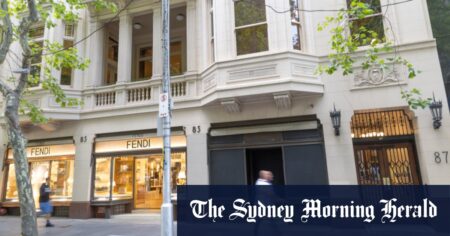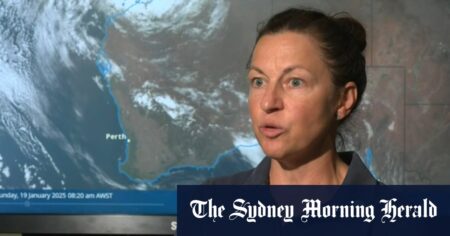Last week, Col 8 asked if the term “fly cemetery”, used in the UK and New Zealand, was used in Australia for fruit biscuits or slices. One reply on the online Col8 said that his/her mother from Melbourne did, but so far, no one else with an Australian childhood has owned up to using the name.
Prue Kennard of Mosman says, “We loved those fruit slices too, but we called them squashed flies.” Maureen Donlon of Wagga Wagga agrees, “Fly cemetery? How clumsy. Squashed fly biscuits any day.”
David Morrison of Springwood concurs, saying, “When I lived as a child in Burns Road, Wahroonga, in the 1940s, the street considered by some at the time to be the epitome of social class, we referred to fruit biscuits by the two-syllable name ‘squashed fly’. Calling them by the four-syllable name ‘fly cemeteries’ in Britain indicates that brevity is not the soul of Brit.”
Maggie Hamilton of North Sydney adds, “Fruit slices were always ‘squashed fly bikkies’ in our house. My grandfather also named savoury mince on toast ‘train smash’ as he added tomato sauce.”
On the other hand, Peter Lewis of Allambie reports “Growing up in the UK, we always called them ‘squashed fly biscuits’, which was exactly what they looked like. Tasted rather better, though.” Well, the jury is still out on the taste.
From a different corner of the world, Don Bain of Port Macquarie tell us that, “In my South African childhood, we, too, called fruit slices ‘flies’ cemeteries’, and relished a sticky sweet koeksister when in doughnut mood. On the savoury side [we] awaited sosaties, bobotie and frikkadels, along with a side serving of mielie pap.” Col8 can hardly wait.
On a tangent, Craig Henderson of Woollamia near Jervis Bay, says, “As a kid, I wouldn’t eat passion fruit because my big sister told me they had dead flies in them. Fly cemeteries sound like the perfect name.”
Changing the subject, Rob Hughes of Oatley reports, with some glee, Col8 assumes, that, “Statistics from my unofficial survey of the Melbourne tennis competition indicate that men who play wearing their caps back-to-front have achieved a 95 per cent failure rate. Serves them right, I reckon.”
Then, to end the Morse Code trail, Allan Gibson of Cherrybrook supplies the news that the last Morse Code message was sent from the Sydney GPO (to Bombala) on December 13, 1962 by Harry Winchester, the traffic officer in charge of communications in the operating room, who retired that day after 50 years of service.
No attachments, please. Include
name, suburb and daytime phone
Read the full article here

















